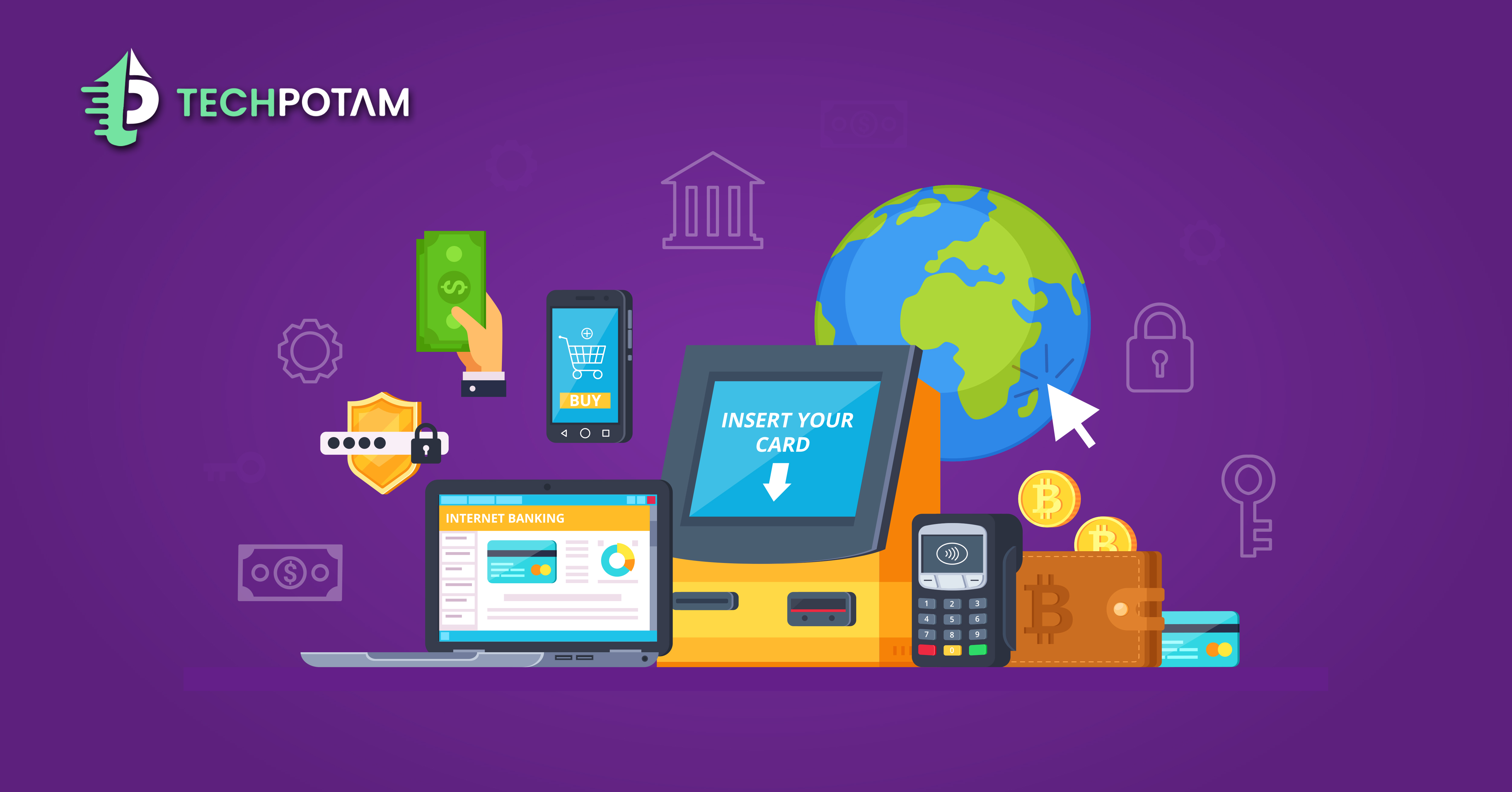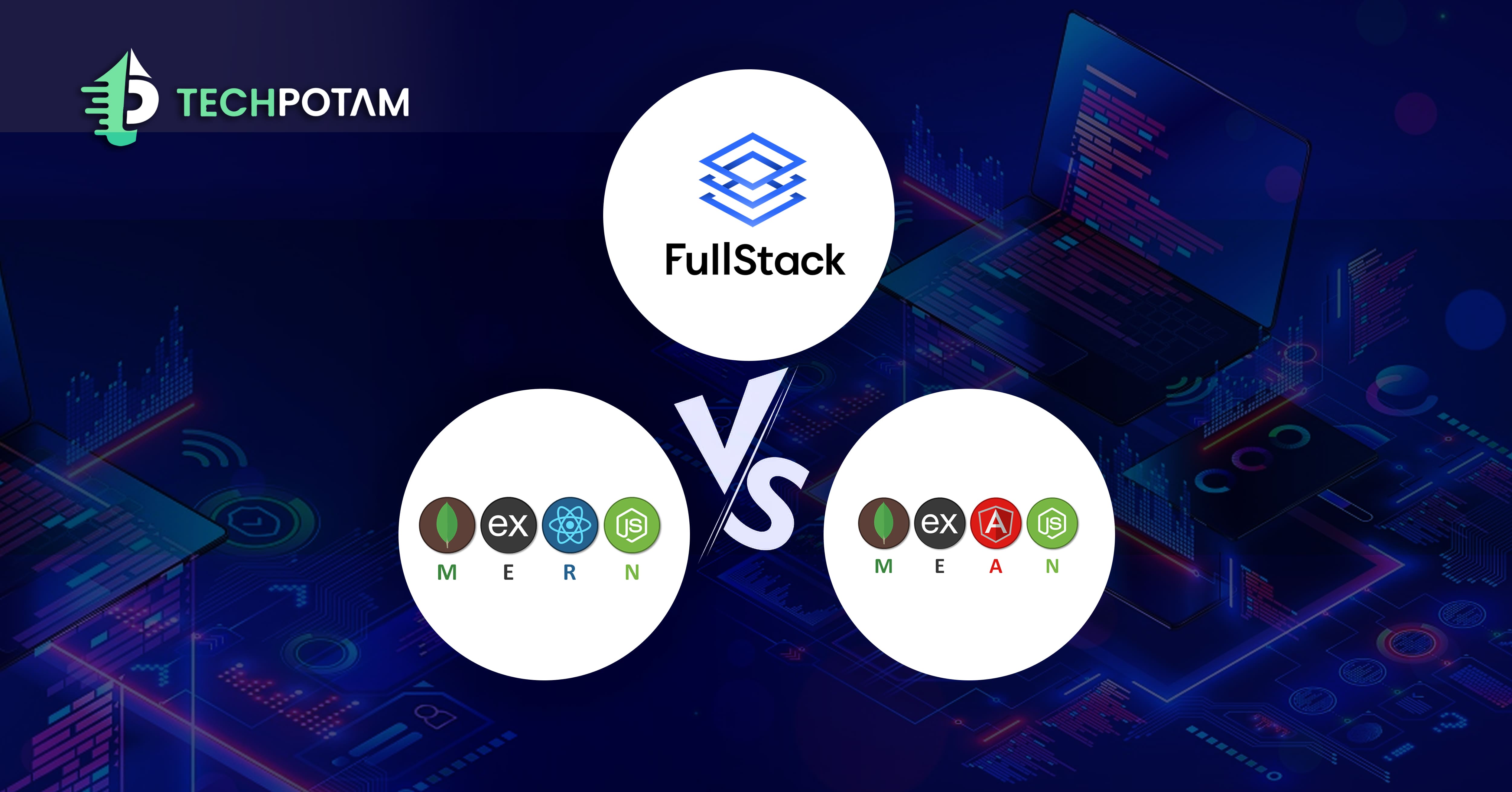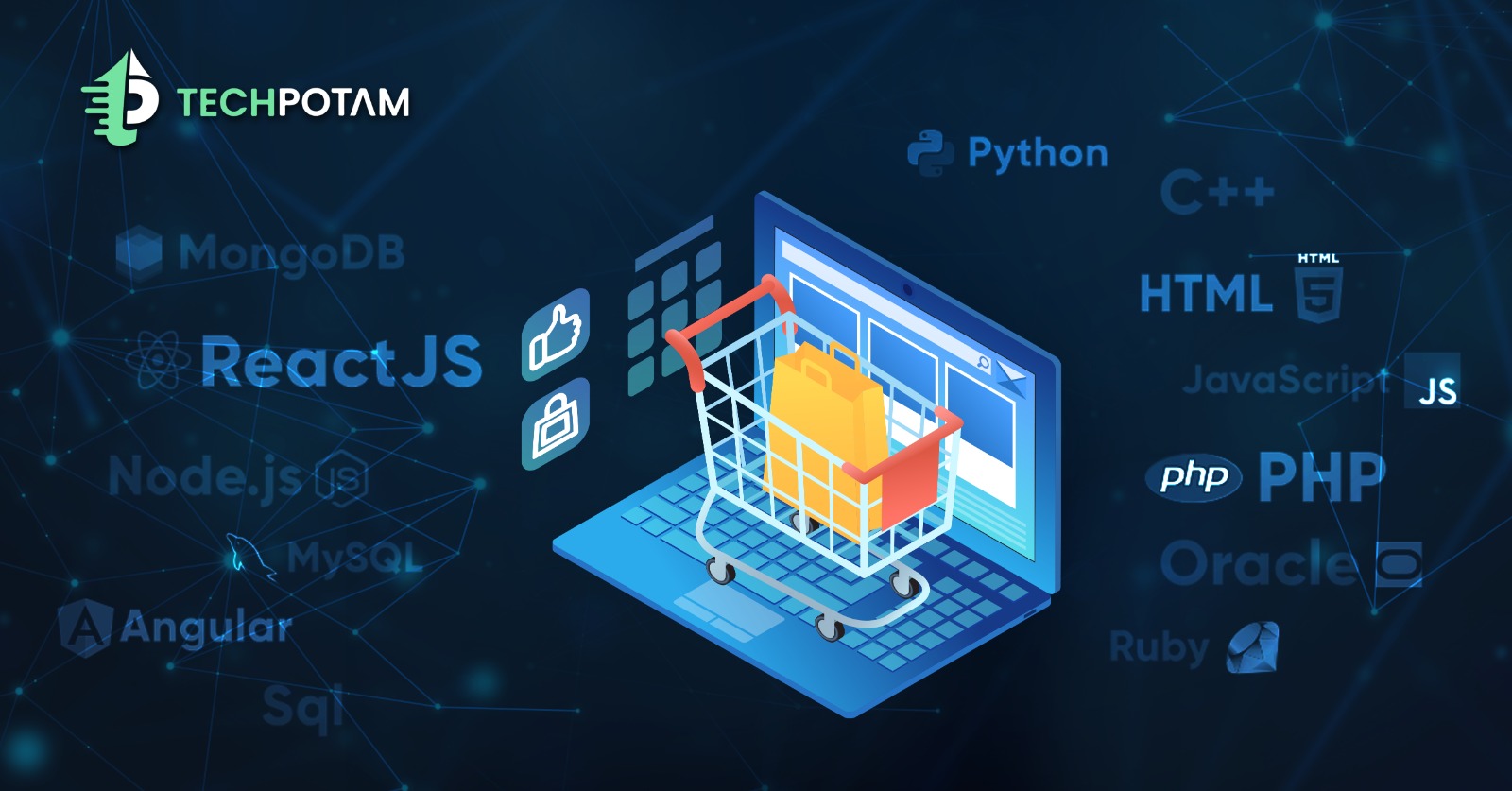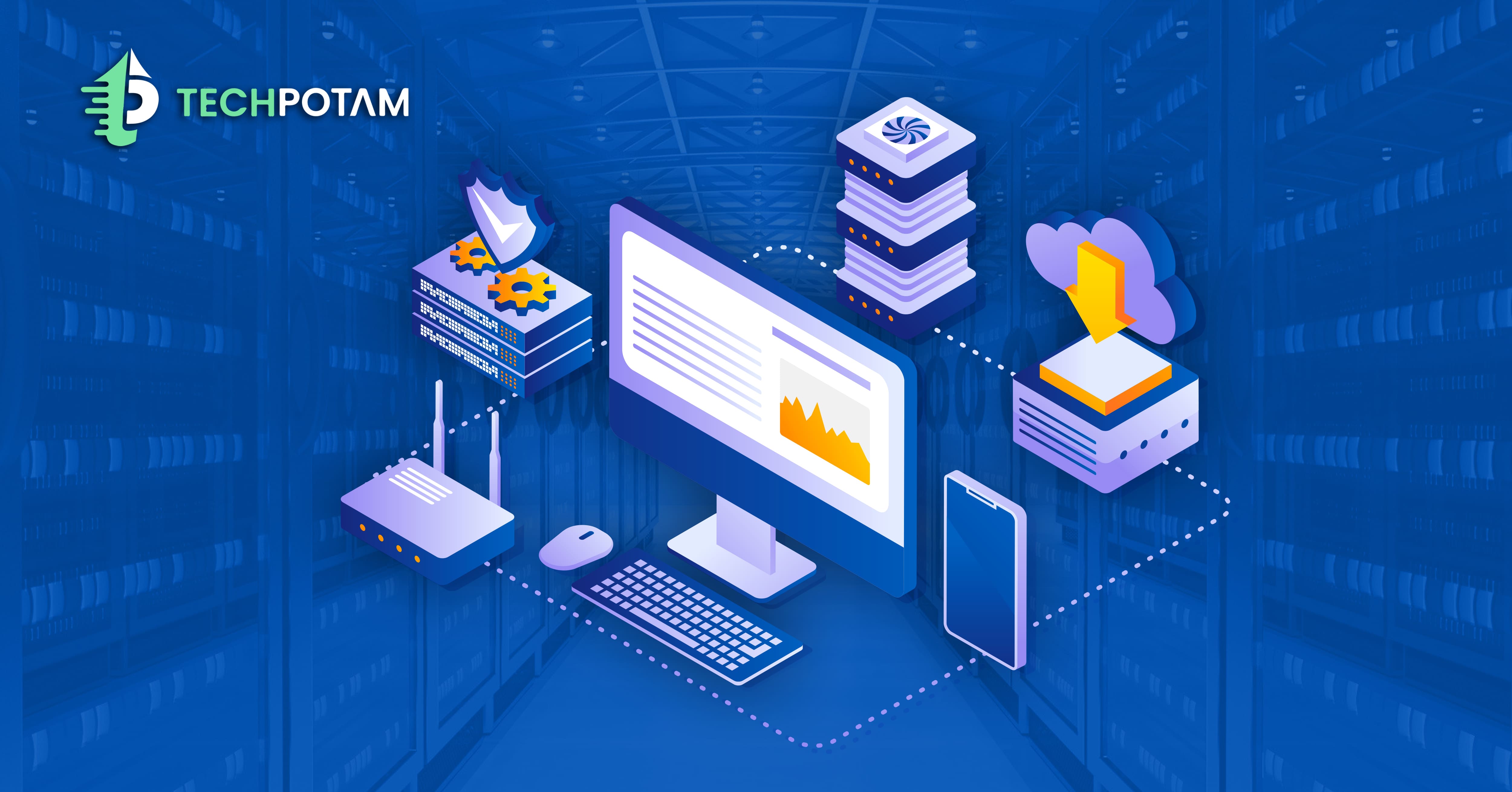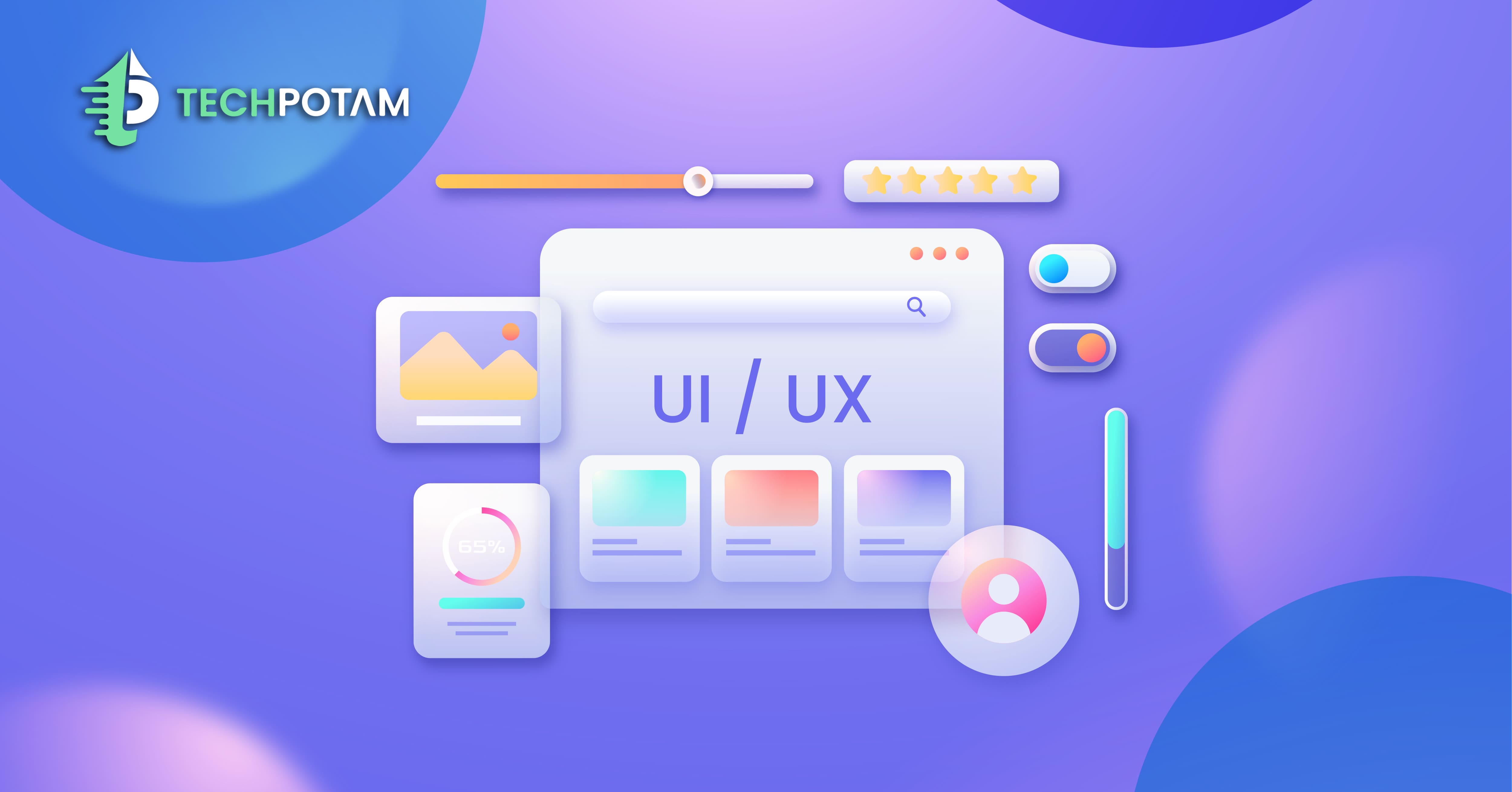Overview
A fintech app’s development cost in India determined a number of elements, such as the development team, platform selection, design, feature complexity, backend development, compliance, and continuing maintenance. Build a fintech app can develop strong, user-friendly applications that increase user experiences and financial services by comprehending these variables and making appropriate plans. Even while there may a significant upfront cost, it will eventually pay off in the form of better customer happiness, simpler financial procedures, and more user involvement.
Key Features of a Fintech App
Fintech applications come in a variety of shapes and sizes, such as peer-to-peer lending services, digital wallets, banking apps, and investing platforms. No matter the kind, the majority of fintech apps share these fundamental characteristics:
User Registration and Authentication: Secure and simple user onboarding, including KYC (Know Your Customer) compliance.
Account Management: Allows users to manage their financial accounts, check transaction histories, and monitor balances.
Payment Processing: The integration of payment gateways to support transactions, transfers, and bill payments.
Security and fraud prevention: It include advanced security methods including encryption, two-factor authentication, and real-time fraud detection.
Notifications and alerts: Push notifications and alerts for transactions, account updates, and special offers.
Data Analytics and Reporting: Tools for users to analyze their spending, saving, and investing habits.
Customer Support: Customer help is available in-app via chatbots, live chat, or direct contact with customer service.
Factors Influencing the Development Cost
Development Team and Expertise
The choice of development team has a considerable impact on the cost to Build a fintech app. Freelancers, regional development organizations, or assembling an internal team are among the options:
-
- Independent Contractors: Although a cost-effective strategy, leading a group of independent contractors can be challenging and may need for exceptional project management abilities.
-
- Local Development Agencies: Provide complete and dependable services, including project management, design, and development. They are a popular choice because of their capacity to provide a consistent product.
-
- In-house Team: Provides the most control over the project, but demands a considerable initial investment in staffing and infrastructure.
Platform Choice
The decision to design the software for iOS, Android, or both platforms will have an impact on development costs. Performance and user experience frequently enhanced by native app development for each platform, but it requires more development resources. On the other hand, by enabling one codebase to service many platforms at once, cross-platform development using frameworks like Flutter or React Native can save money and time.
Designing the User Interface and Experience (UI/UX).
A fintech app’s success depends on its intuitive and visually appealing design. This phase entails generating wireframes, mockups, and prototypes that necessitate close collaboration between designers and developers. Custom animations, dynamic components, and smooth navigation can improve user happiness while also increasing development time and complexity.
Feature Complexity and Customization
The number and complexity of features an app contains directly affects the development process. Basic services like account administration, payment processing, and user registration are essential, but more complex features like blockchain integration, investment tracking, and financial advice driven by AI can add a lot of complexity and delay to development.
Backend Development and Integration
A strong backend infrastructure required to support the app’s functionality, manage data, and ensure secure communication with servers. This covers configuring databases, servers, and APIs. Integrating third-party services such as payment gateways, banking APIs, and fraud detection systems adds to the development complexity. Ensuring these integrations are easy and safe is crucial for the app’s reliability and user confidence.
Compliance and Security
To secure sensitive financial information, fintech apps must follow tight regulatory criteria and security protocols. In India, this includes following Reserve Bank of India (RBI) norms as well as international payment processing standards such as PCI-DSS. To protect user information and develop trust, it is critical to implement strong encryption, secure data storage, and stringent authentication methods.
Quality Control and Testing
It takes extensive testing and quality control to confirm that the application functions correctly on a variety of hardware and operating systems. This includes testing for usability, performance, security, and functionality. Defects found and fixed with the help of a strict quality assurance procedure, which produces a dependable and smooth user experience. While process speeding can achieved using automated testing techniques, manual testing is typically necessary for intricate features and user interactions.
Continuous Upkeep and Modifications
Developing the app is just the first step; to keep it functioning effectively and safely, upgrades and continuing maintenance are needed. This includes adding features based on user feedback, updating programs to support new operating systems, and fixing bugs. Frequent maintenance is necessary to keep the app up to date and satisfy user expectations. To manage these tasks effectively, a dedicated team is required.
Conclusion
A fintech app’s development cost in India is determined by a number of elements, such as the development team, platform selection, design, feature complexity, backend development, compliance, and continuing maintenance. Build a fintech app can develop strong, user-friendly applications that increase user experiences and financial services by comprehending these variables and making appropriate plans. Even while there may be a significant upfront cost, it will eventually pay off in the form of better customer happiness, simpler financial procedures, and more user involvement.








